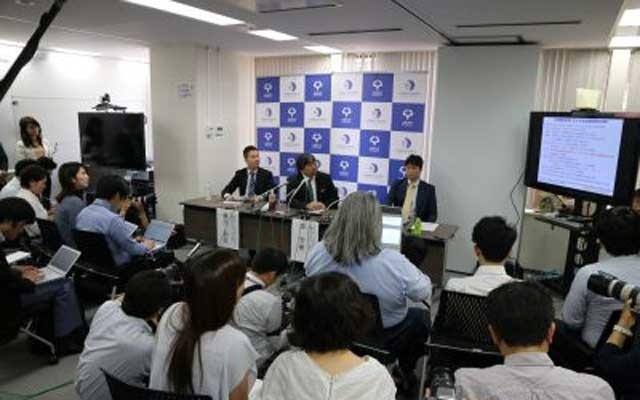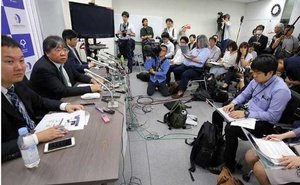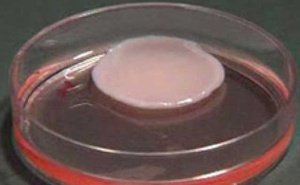Japan has allowed Stem Cell to treat cardiovascular disease

Scientists have discovered a breakthrough in reducing the number of people who die from heart disease every year. From now on, artificially created cells of heart disease patients will reduce the mortality of this disease.
Medical scientists performed a new era in the treatment of cardiovascular treatment through the permission of the Japanese government to replace the cardiovascular system made from stem cells. This therapy is coming to market in the coming year.
In 2006, a researcher from Japan's Osaka University researched the world after receiving a Nobel Prize for the discovery of Japan's Professor Shinya Yamanaka Pluripotent stem cell or IPS cell.
Last month, the country's Health Ministry gave legal recognition for the treatment of Ischemia in recognition of Stem Cell's revolution. The experimental team of researchers already treated three Japanese heart disease patients with cardiovascular disease.

Scientists say that the problem of transferring artificially made heart transmissions from IPS cells is far too far. Pre-planned (Repromagamable) This cell has millions of people now in the new dream room.
What is Ischemia?
If the heart attack patients or ischemia, then heart valves of the heart become very narrow. Plate is mainly made of proteins and calcium ions in the cells. It blocks or obstructs blood vessels or arteries. Applying pressure to keep blood flow to the heart, these plaques collapse and red blood cells are mixed. These placques again create a new plan. As the oxygen in the blood fails to function the heart, the cells die. As a result, the risk of cardiovascular disease accelerates the patient's death. And in the same treatment, Ischemia says.
The way this method works:
The first Open Heart Surgery (OHS) in Japan was introduced in Osaka University cardiology section. The study started under the leadership of Yoshiqi Sawa, a professor of cardiology at the University of Japan's second largest university of medicine. Although some cells are collected from the heart of a patient suffering from heart disease, after the production of cultures or cells in the laboratory, then this cell is collected from the pluripultant or stem cells and some protein engineering is done. As a result, this cell is converted into cardiovascular system. After a few days after the IPS cell, the hematocyte sheath was replaced by the affected patient's heart. And from there, new cell is taken to compensate for the damage to the cells affected by heart disease.
Researchers say:
Recently, Professor Yoshiki Sawah came to the press conference after the approval of heart cell transplantation. He said, "We are very happy that Japan has got the full approval of the first ever IPS cell heart disease treatment." Although clinical all-around the world, it will take another year for us to apply the new treatment method.

He said that those who have lost heart in heart disease can easily become fully fit by adopting this method. This muscle cell is 0.05 millimeter thick, from which cytokine (a type of protein that creates an interaction with one cell from one cell) creates new blood vessels in the heart.
The professor, who has more than one thousand open heart surgery annually, said, "We have observed this method for a long time. After the success of different types of animals, we have already inserted the sheets of these IPS cells into the heart of three people through surgery. From there about 100 million cells will be made.
Using patients' own cells to reduce the cost of treatment.
In 2015, we initially collected cells from the patients' legs and found success in the laboratory by making the cardiacos, but we could not move forward in some difficulties. After success in stem cells, we are very sure that the cells collected from patients will be able to be converted into cardiovascular treatments, which will reduce the cost of treatment.
What scientists are saying
Professor Savar talked about the success of the professors of various universities. Thomas Schmidt, professor of science and technology at the University of Hamburg, Germany, said that although many groups were working on the same path, there is no doubt that the method of treatment at Professor Sawar is very important.
Phillip Mennache, cardiologist at the European Hospital in Paris, George Pampady, said that genuinely, it is a very good strategy for cell therapy in the heart.
Yoshii Yo, a professor at the University of Kyoto, said that the researchers should certainly be examined more and more before the therapy can be started in the market. More clinical trials can also be done on patients.
This user is on the @buildawhale blacklist for one or more of the following reasons: